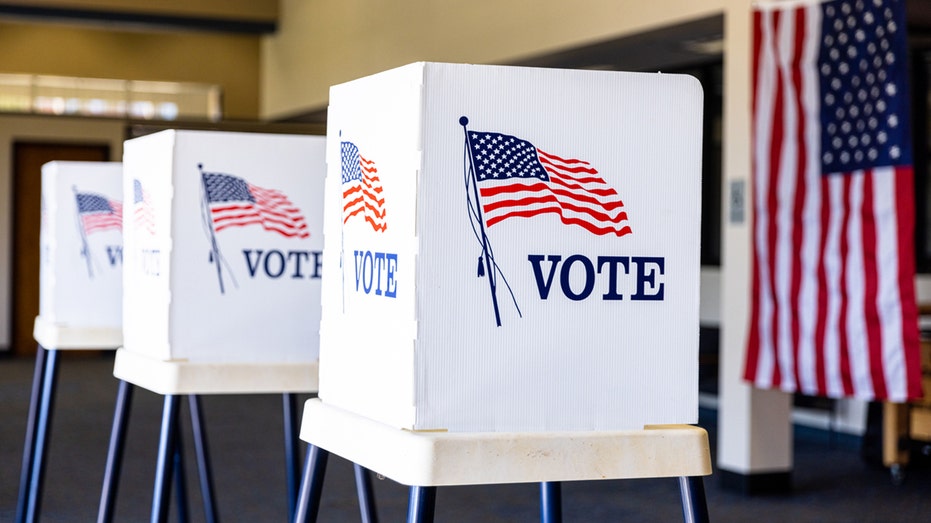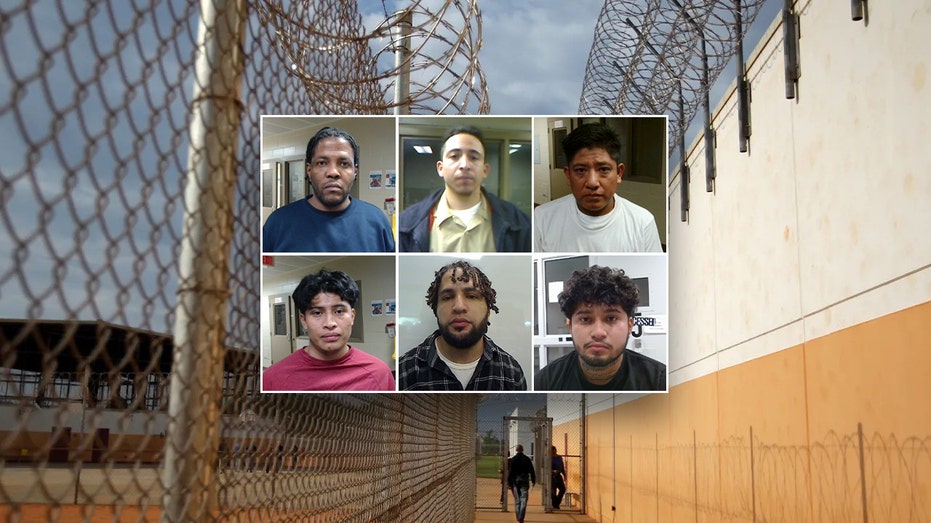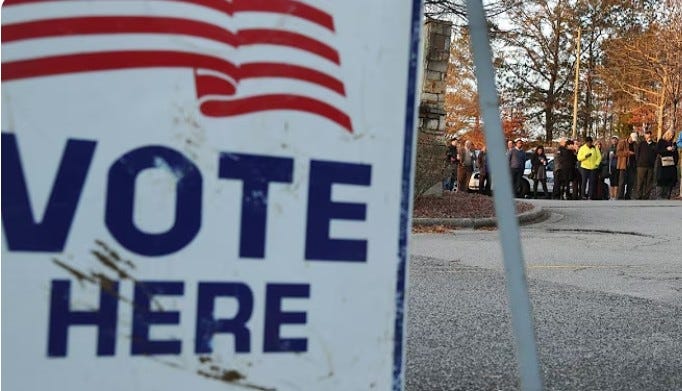Across the nation, voters are heading to the polls in a series of pivotal elections, nearly ten months into a president’s second term. These contests, from New Jersey to Virginia and beyond, represent the first significant test of the current administration’s ambitious agenda and offer a glimpse into the political landscape ahead.
The gubernatorial races in New Jersey and Virginia are drawing intense scrutiny. Historically, these elections serve as crucial indicators of national sentiment, often foreshadowing the outcomes of the upcoming midterm elections where control of Congress hangs in the balance.
In New Jersey, Republican Jack Ciattarelli is mounting a determined challenge against Democratic Representative Mikie Sherrill. Despite a historical Democratic stronghold, Ciattarelli has narrowed the gap, fueled by a surge in Republican registration and gains made by the previous presidential candidate in the state.
The New Jersey race hasn’t been without controversy. A breach of security led to the improper release of Sherrill’s military records, revealing private information. Simultaneously, scrutiny resurfaced regarding a past incident at the United States Naval Academy, adding layers of complexity to the campaign.
Further complicating matters, allegations surfaced during a debate concerning Ciattarelli’s past business dealings and their potential connection to the opioid crisis. Sherrill accused him of complicity with pharmaceutical companies, painting a stark picture of the stakes involved.
Virginia’s gubernatorial contest has also been rocked by scandal. Explosive text messages from Democratic attorney general nominee Jay Jones, containing deeply offensive comparisons, ignited a firestorm of criticism and calls for him to withdraw from the race.
Republican nominee Winsome Earle-Sears seized on the controversy, linking her opponent, former Representative Abigail Spanberger, to Jones. The debate itself was marked by interruptions and heated exchanges, highlighting the intensity of the competition.
New York City’s mayoral election is poised to make history, potentially electing its first Muslim and millennial mayor. Zohran Mamdani, a democratic socialist, emerged from a surprising primary victory and now faces challenges from both a former governor seeking a comeback and a veteran Republican candidate.
The current mayor, facing his own challenges, unexpectedly dropped out of the race but endorsed a rival, leaving his name on the ballot and adding another twist to the already complex political landscape.
In California, a high-stakes ballot proposition threatens to dismantle the state’s nonpartisan redistricting commission, handing control of congressional map-drawing to the Democrat-dominated legislature. This move is widely seen as an attempt to create more left-leaning districts, countering similar efforts in Texas.
The battle over redistricting reflects a broader national strategy by both parties to maximize their congressional representation. Republicans are focused on solidifying their House majority, aiming to avoid a repeat of the 2018 midterm losses.
Pennsylvania’s Supreme Court is also facing a critical juncture. Three Democrat-leaning justices are up for retention, and the outcome of these elections could dramatically reshape the court’s composition for the next decade, impacting crucial cases on voting rights and reproductive rights.
The Pennsylvania court races have already attracted significant outside spending, mirroring a trend seen in other states where the balance of power on the highest court is at stake. These elections are no longer confined to state politics; they’ve become national battlegrounds.
These elections represent more than just local outcomes. They are a barometer of the national mood, a testing ground for political strategies, and a crucial step towards the next major electoral showdowns.






